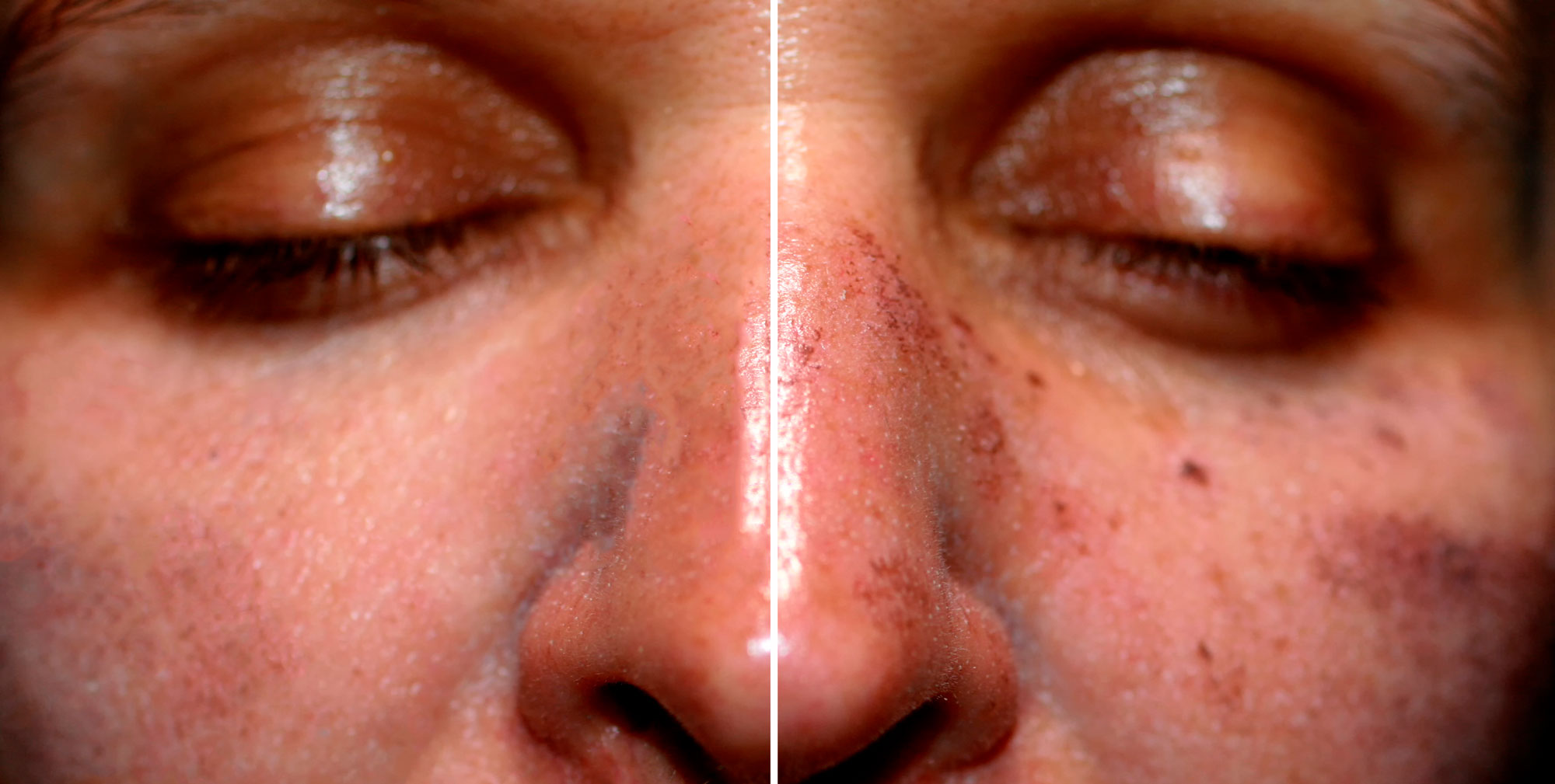
Solar keratoses / Actinic keratoses / sun damage / sun spots
Sun damage causes a number of changes in the skin, including thinning and wrinkling, broken blood vessels, discolouration and solar keratosis – rough, red and dry areas in the skin that indicate sun damage over many years, and carry a risk of progressing to skin cancers such as squamous cell carcinoma.
How do I know if I have solar keratoses?
Solar keratoses feel like rough, scaly, dry patches, which are often red. They are common from the age of approximately 40, and increase with age. Anywhere on your skin may be affected, but solar keratoses certainly occur more often in more sun-exposed areas, such as your face, neck, exposed scalp, chest and backs of hands and forearms. Initially, solar keratoses may seem to come and go; however, they often then become permanent.
How are solar keratoses treated?
Prevention of new solar keratoses is important, through sun protection and minimised exposure. Q Dermatology recommends SPF50 broad spectrum sunscreen, along with physical protection, including sensible clothing, a hand and sunglasses. Some skincare ingredients are helpful in reducing solar keratoses.
Treatment for solar keratoses includes liquid nitrogen (freezing), prescription creams, and technology-based treatments.
Q Dermatology offers advanced combination procedural approaches to maximise the improvement in the look and feel of your skin, when you seek to address broad areas of sun damage and solar keratoses.